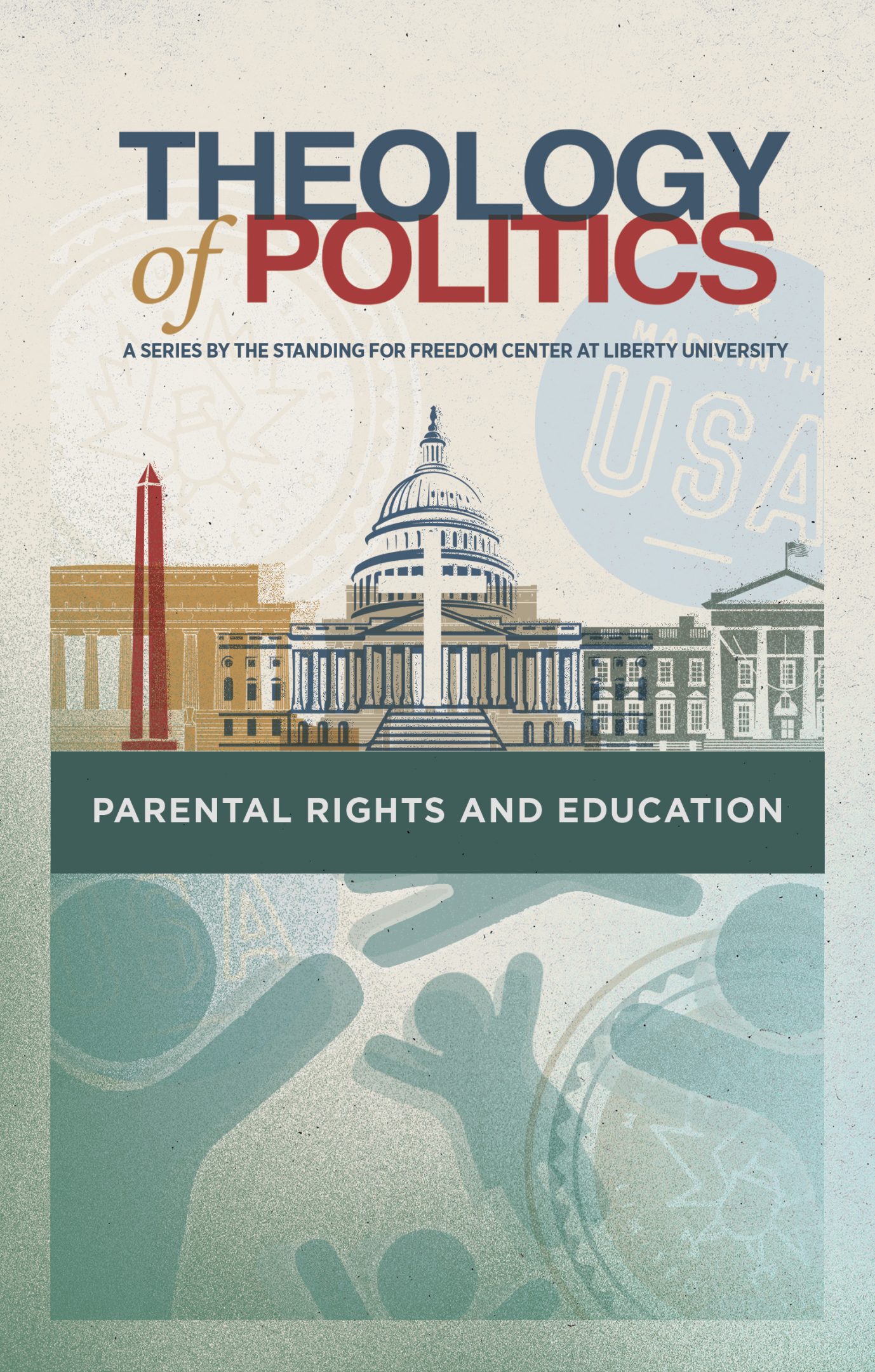


Get a free copy of Parental Rights & Education when you subscribe to our newsletter!

When we contemplate the enormity of modern cultural issues and their influence on family dynamics and even birth rates, the answer is not easily found, but it starts with looking back to timeless truths.
Morgan Stanley predicts that by 2030, 45 percent of women ages 25 to 44 will be single and childless.
However, many women disregard these statistics, thinking they are the exception to any rule and that the men they desire will be available when they are ready for relationships. Women’s desire to be wives is no longer the only driving force behind marriage. Nowadays, women pursue fulfillment beyond traditional family roles, focusing instead on higher education and careers while abandoning homemaking and childrearing skills.
Traditionally, men and women sought marriage as a rite of passage. While that idea no longer holds today, men like Richard Baxter (1615–1691), a Puritan minister of the 17th century, considered marriage paramount. Baxter penned his thoughts about the covenant of marriage, writing,
“It is a mercy to have a faithful friend that loveth you entirely to whom you may open your mind and communicate your affairs. And it is a mercy to have so near a friend to be a helper to your soul and to stir up in you the grace of God.”
Unlike Baxter in his time, finding a life partner today has diminished in importance as couples increasingly delay or forego marriage altogether. The decline in marriage rates can be attributed to women’s evolving societal roles, men’s concerns about divorce, and the myriad of new options provided by social media that enable both genders to bypass the once obligatory rite of passage. These trends give rise to a disconcerting reality that warrants the attention of Christians and the Church.
When considering the impact of social media on marriage trends, it’s impossible to ignore its influence. Women make up 54 percent of social media users, utilizing its various platforms 2.8 times more than men. Now, in the palm of her hand, a woman can receive unprecedented male attention.
Historically, a woman might receive attention from within her circle of 150 friends, with 45 percent being male. Now, a woman can post captivating images on her social media platform, leading to thousands of likes, hundreds of comments, and numerous direct messages from men worldwide. Now, with her social media apps, a woman can experience an unparalleled dopamine rush previously unmatched in her everyday social context. This new reality diminishes her dependence on in-person social interactions with men, intensifying her addiction to her digital devices as social media promptly gratifies her needs and desires.
Most average men, realizing that they are being overlooked in favor of taller, stronger, alpha-male stereotypes, are seeking solace in online groups like “Men Going Their Own Way” (MGTOW). These groups provide a platform for men to find camaraderie and navigate the current cultural climate. Moreover, for many men, social media and pornography have distorted their perception of reality when it comes to women, including appearance and expectations in genuine relationships.
The rise of social media has opened up a world of possibilities and opportunities for both men and women unlike anything previous generations have experienced. The level of attention that was once exclusive to a select few, like celebrities, is now within reach for a much larger audience. Unfortunately, women seeking attention and validation in the digital realm often face pressure to objectify themselves, with the pornification of women being portrayed as female empowerment.
When exploring the topic of marriage in evangelical circles, the challenges women encounter are from various angles. The majority of church services are attended by 61 percent of women and 39 percent of men. The age demographics most impacted by this statistic are widows and unmarried 18- to 25-year-olds. Among the available men and women ages 18 to 35, a significant portion of them once claimed to be devout followers of religious practices. However, after a college education, they no longer identify with any religious affiliation.
Feeling disheartened by these obstacles, young Christian women (ages 18 to 35) are actively searching for alternatives beyond the confines of the church. Some are pursuing relationships with non-believers, participating in hookup culture, or even stepping away from the church while still holding onto their Christian faith.
The struggle for Christian women in the dating realm is multifaceted. As it pertains to dating, far too many Christian women, anxious for marriage, drift away from relying on God’s sovereignty. Instead of seeking godly guidance from the men in authority in their lives — their fathers or a local church pastor — they often pursue husband hunting on their own. This often leads to crossing paths with men who claim to be Christians but whose actions reveal a stronger commitment to worldly desires rather than to spiritual growth. This disparity between a profession of faith and an actual lifestyle adds another layer of complexity to the challenges faced by young Christian women in the dating scene.
With men now choosing to marry later in life, they face important decisions and express deep concerns about commitment. While men no longer expect women to be sexually pure, nearly 90 percent of American men and women have engaged in premarital sex, often with someone other than their future spouse. This reality has negative consequences for marriage. Although premarital sex does not directly cause divorce, marriages between those who had multiple sexual partners while single are more likely to end in separation or divorce.
Divorce has also influenced the decision to marry, or perhaps more accurately, not to marry. In 1867, the divorce rate was 5 percent, but by 1967, it had skyrocketed to 50%. Scholars attribute this increase to women entering the workforce, giving them more independence in difficult marriages.
Nowadays, the average first marriage lasts around 7.8 years. Second marriages face a 60 percent divorce rate, while third marriages experience a staggering 73 percent failure rate. The millennial generation has seen and felt the impact of divorce through their parents’ experiences and many don’t want to get married as a result. In fact, Baby Boomers, born between 1946 and 1964, who led the way with the sexual revolution and women’s liberation before becoming parents to both Generation X and Millennials, are the most divorced generation in U.S. history. The impact of this destructive phenomenon continues to shape marriage decisions today.
When we contemplate the enormity of modern cultural issues and their influence on family dynamics and even birth rates, the solution does not present itself readily. Instead of appealing to all of evangelicalism, those seeking marriage should explore Richard Baxter’s timeless wisdom. As a Puritan writer and theologian, Baxter offered invaluable insights into marriage’s theological and practical aspects. His writing on the mutual duties of husbands and wives provides a strong foundation for understanding the covenant of marriage and offers practical steps for building healthy relationships. These steps should be considered long before entering matrimony.
While the dating phase of relationships can place couples into a state of blind bliss, Baxter warns couples by writing,
“Do not forget that you are both diseased persons, full of infirmities; and therefore expect the fruit of those infirmities in each other; and do not act surprised about it, as if you had never known of it before. Decide to be patient with one another, remembering that you took one another as sinful, frail, imperfect persons, and not as angels, or as blameless and perfect.”
Puritan writers like Baxter consistently associated love with duty, effectively intertwining emotion with action. This connection ensured a profound sense of purpose and commitment, as Baxter would note in this advice:
“Remember that justice commands you to love one that has forsaken all the world for you. One who is contented to be the companion of your labors and sufferings and be a sharer in all things with you and that MUST be your companion until death.”
In a world where selfishness reigns supreme, Baxter reminds us that marriage should focus on mutual love, not just individual desires. By emphasizing the importance of duty towards one another, he highlights the importance of selflessness and sacrifice in a successful marriage.
We would do well to heed these old answers to new questions.
If you like this article and other content that helps you apply a biblical worldview to today’s politics and culture, consider making a donation here.
Christian conservative news and issues that matter. Curated just for you!